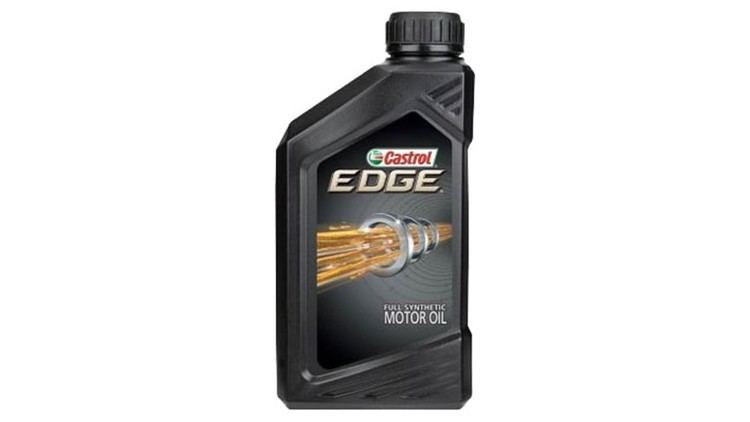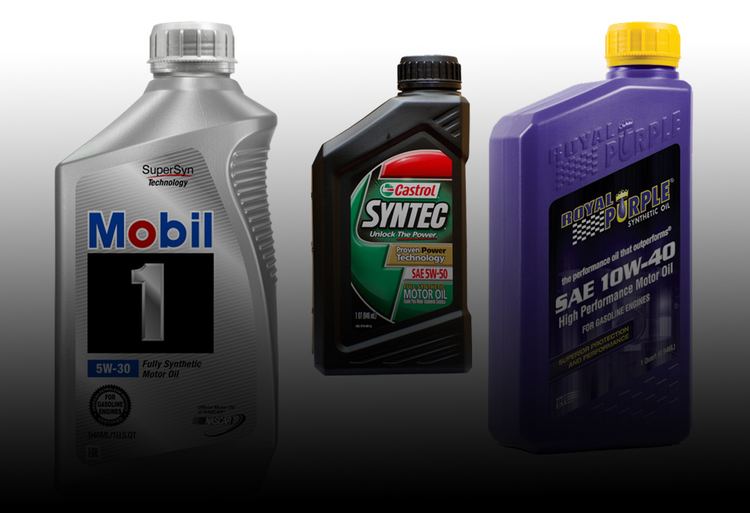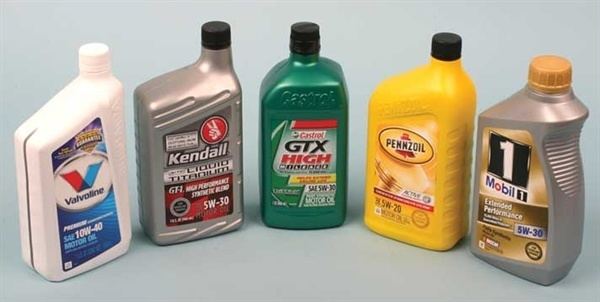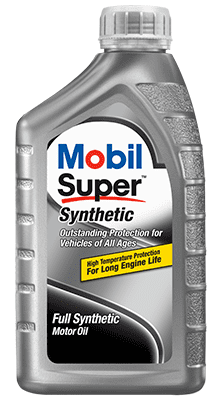 | ||
Re regular oil vs synthetic oil ericthecarguy
Synthetic oil is a lubricant consisting of chemical compounds that are artificially made. Synthetic lubricants can be manufactured using chemically modified petroleum components rather than whole crude oil, but can also be synthesized from other raw materials.
Contents
- Re regular oil vs synthetic oil ericthecarguy
- Regular oil vs synthetic oil ericthecarguy
- Group IV PAO
- Group V Other Synthetics
- Semi synthetic oil
- Other base stocks help semi synthetic lubricants
- Performance
- References

Synthetic oil is used as a substitute for petroleum-refined oils when operating in extreme temperature. Aircraft jet engines, for example, require the use of synthetic oils, whereas aircraft piston engines do not. Synthetic oils are also used in metal stamping to provide environmental and other benefits when compared to conventional petroleum and animal-fat based products. These products are also referred to as "non-oil" or "oil free".

Regular oil vs synthetic oil ericthecarguy
Group IV: PAO

Poly-alpha-olefin (or poly-α-olefin, abbreviated as PAO) is a polymer made by polymerizing an alpha-olefin. They are designated at API Group IV and are a 100% synthetic chemical compound. It is a specific type of olefin (organic) that is used as a base stock in the production of some synthetic lubricants. An alpha-olefin (or α-olefin) is an alkene where the carbon-carbon double bond starts at the α-carbon atom, i.e. the double bond is between the #1 and #2 carbons in the molecule.
Group V: Other Synthetics

Group V base oils are defined by API as any other type of oil other than mineral oils or PAO lubricants.

Esters are the most famous synthetics in Group V, which are 100% Synthetic chemical compounds consisting of a carbonyl adjacent to an ether linkage. They are derived by reacting an oxoacid with a hydroxyl compound such as an alcohol or phenol. Esters are usually derived from an inorganic acid or organic acid in which at least one -OH (hydroxyl) group is replaced by an -O-alkyl (alkoxy) group, most commonly from carboxylic acids and alcohols. That is to say, esters are formed by condensing an acid with an alcohol.
Many chemically different "esters" due to their usually excellent lubricity are used for various reasons as either "additives" or "base stocks" for lubricants.
Semi-synthetic oil
Semi-synthetic oils (also called "synthetic blends") are a mixture of mineral oil and synthetic oil, with no more than 30% synthetic oil, which are engineered to have many of the benefits of full synthetic oil without the cost. Motul introduced the first semi-synthetic motor oil in 1966.
Lubricants that have synthetic base stocks even lower than 30% but with high-performance additives consisting of esters can also be considered synthetic lubricants. In general, the ratio of the synthetic base stock is used to define commodity codes among the customs declarations of tax purposes.
Other base stocks help semi-synthetic lubricants
API Group II- and API Group III-type base stocks help to formulate more economic-type semi-synthetic lubricants. API Group I-, II-, II+-, and III-type mineral-base oil stocks are widely used in combination with additive packages, performance packages, and ester and/or API Group IV poly-alpha-olefins in order to formulate semi-synthetic-based lubricants. API Group III base oils are sometimes considered Fully synthetic, but they are still classified as highest-top-level mineral-base stocks. A Synthetic or Synthesized material is one that is produced by combining or building individual units into a unified entry. Synthetic base stocks as described above are man-made and tailored to have a controlled molecular structure with predictable properties, unlike mineral base oils, which are complex mixtures of naturally occurring hydrocarbons and paraffins.
Performance
The advantages of using synthetic motor oils include:
However synthetic motor oils are substantially more expensive (per volume) than mineral oils and have potentially decomposition problems in certain chemical environments (predominantly in industrial use).
For automotive use, the oil change interval for synthetic oils is the same as for conventional oil, typically 7,000 miles to 10,000 miles following the manufacturer's "severe service" schedule (which is the schedule that covers city driving). Oil needs to be changed because it gets contaminated with combustion by-products that accumulate at about the same rate regardless of oil type. Extending the oil change interval with synthetics is likely to contribute to engine damage and is not recommended.
